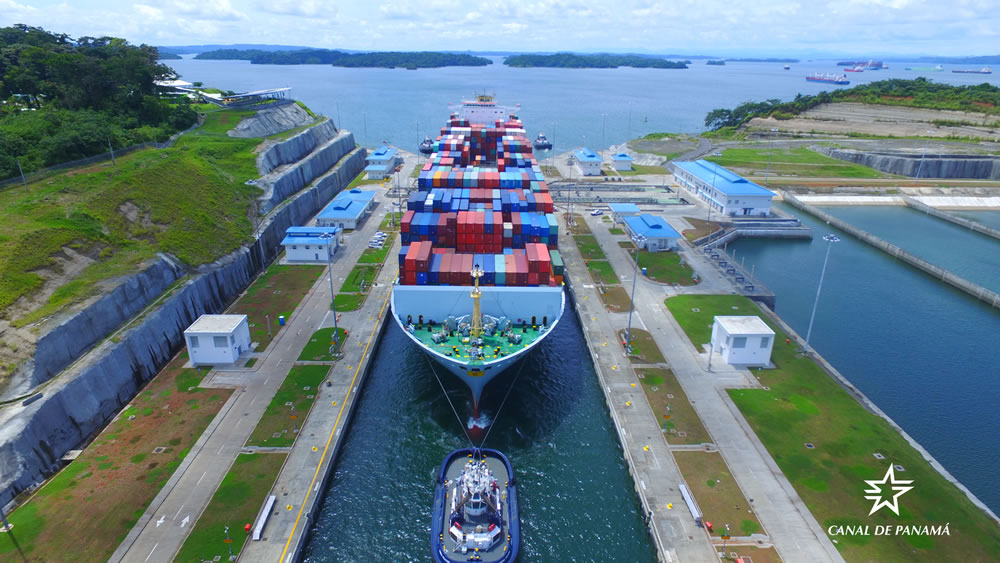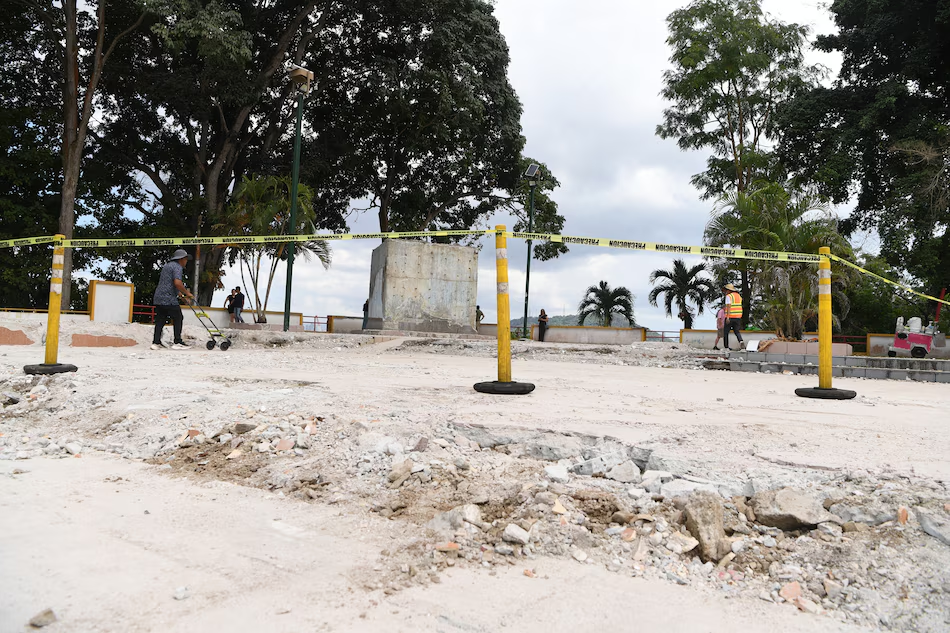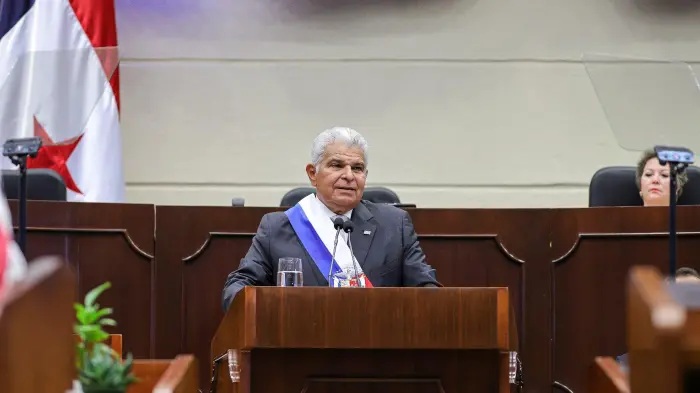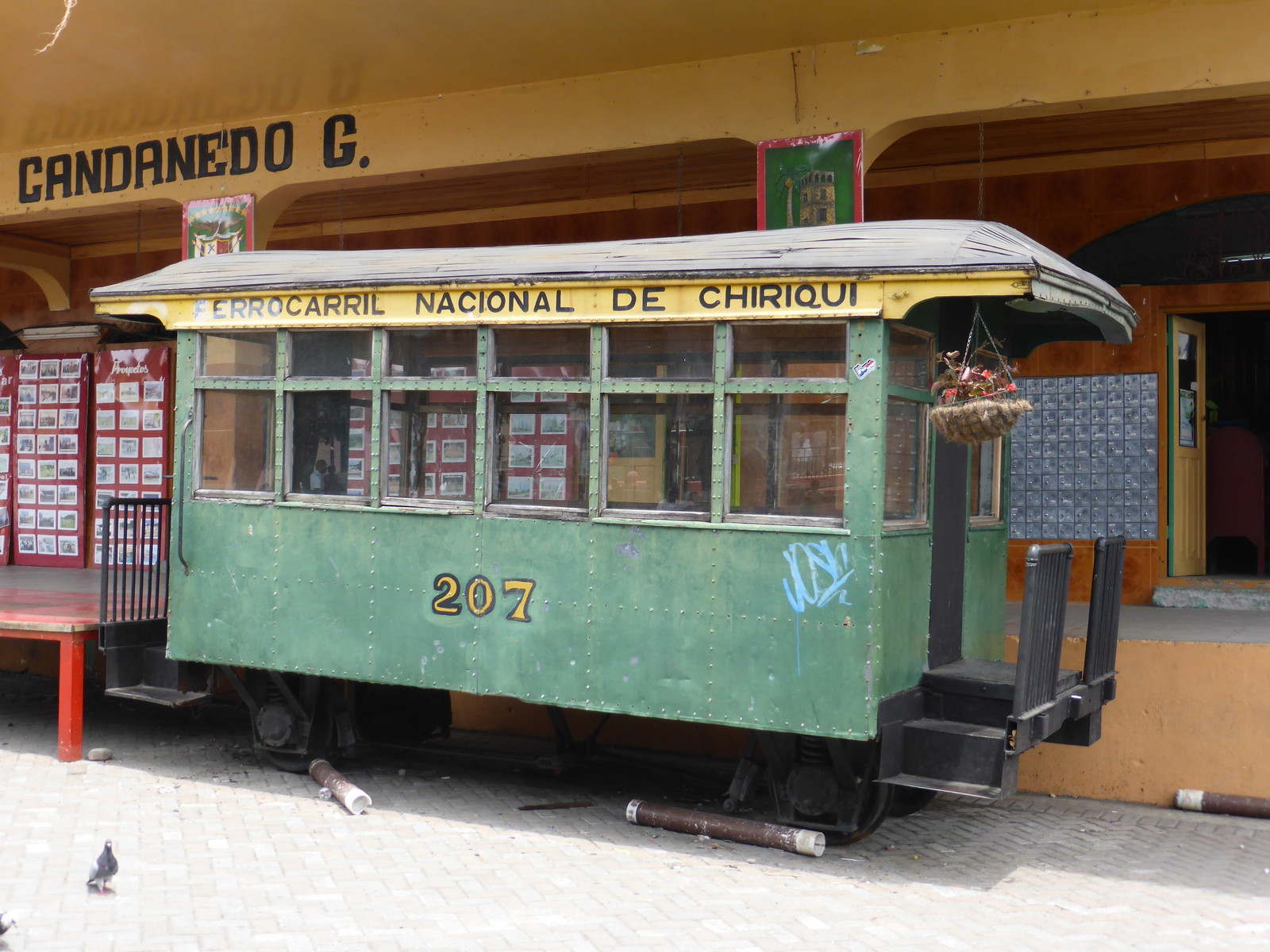Canal future could rest on going green

THE FUTURE of the Panama Canal in the face of accelerating climate change may depend on innovative green initiatives including floating solar panels.
A solar project has a minimum life of 25 years, which means that the strip of land where the solar panels are installed will be unusable for anything else all that time ” the administrator of Energy Efficiency of the waterway, Urho Gonzal, told Acan-Efe.
In addition, he said, the installation of solar parks often involves logging, a practice that would endanger the watershed of the canal, where water is stored for the operations of the interoceanic route itself but also for the supply of the Panamanian capital.
“There is no point in devastating trees to construct a solar plant. in the canal we have plenty of lakes and, the efficiency of the solar panels is higher when they are on the water,” adds canal electrical engineer Lucas Rojas.
According to different studies, photovoltaic panels can produce up to 20% more energy if placed on water because it does not accumulate heat, unlike the earth. “There is no project like this in countries with a tropical climate, although they are very fashionable in Asian countries and in Europe, we could say that we are pioneers in Latin America,” says Rojas.
In June China inaugurated the largest floating solar park in the world, which has a power of up to 30 megawatts and is capable of supplying electricity to some 15,000 homes running at full capacity.
The Panama project directed by Gonzal and Rojas is much more modest, but it is an important advance in the green strategy of the channel. It consists of 96 solar panels located in a semi-closed recess of Gatun Lake and close to the Miraflores locks, on the Pacific side of the canal.
At the moment, only 88 plates have been connected, generating 22 kilowatts and supplying a small workshop where some of the tugs that help large vessels to navigate the canal are repaired.
The engineers are working on a larger project, which must pass the approval of the board of directors and consists of the construction of a 10-hectare plant in this same area of the lake, which generates 10 megawatts and which, instead of supplying energy to the small workshop, connect directly to the network of the channel itself.
“Our goal is that the future park will be able to supply 50% of the energy needed by the channel to maintain its operations during the peak hours of the sun,” says Gonzal.
“The potential of Gatun Lake is immense,” says his companion. Engineers were especially concerned that photovoltaic panels would rob oxygen of the lake and damage the rich ecosystem of the canal. but they have realized that the opposite is true: the panels prevent certain species of hydrophyte plants from growing like the G water lily, which do harm the oxygenation of the water.”
The Panama Canal, built by the United States at the beginning of the 19th century and transferred to Panama on December 31, 1999, is considered one of the greatest works of modern engineering. It unites more than 1,700 ports in 160 different countries and allows the passage of 6% of world trade and the revenue from the passage of vessels is a major contributor to the Panama economy.





